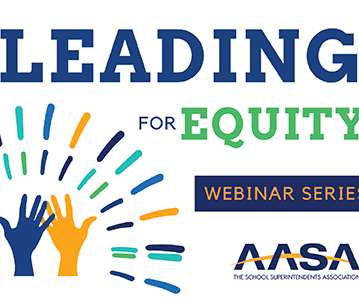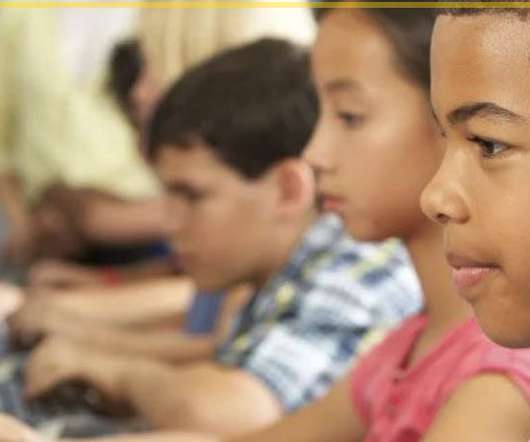Learning Styles: Fact or Fiction? What This Decades-Old Theory Can Teach Us
Waterford
OCTOBER 30, 2019
If you’ve been in the educational field long enough, you’ve probably come across Fleming’s learning styles theory. For over forty years, researchers have sought to classify how different students learn and what teachers can do to support them. What Are the Four Learning Styles? How would you discover a student’s learning style?



















Let's personalize your content